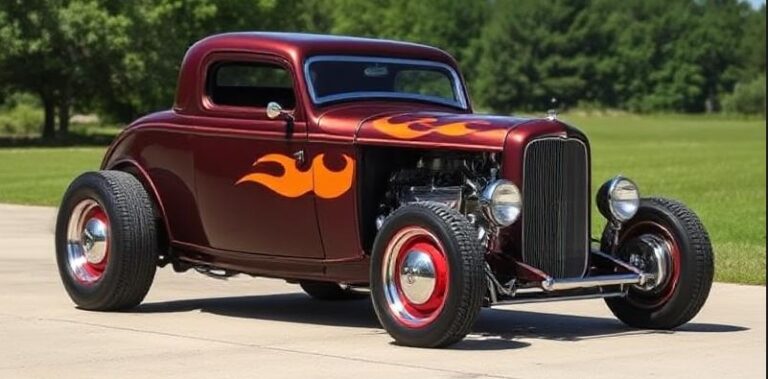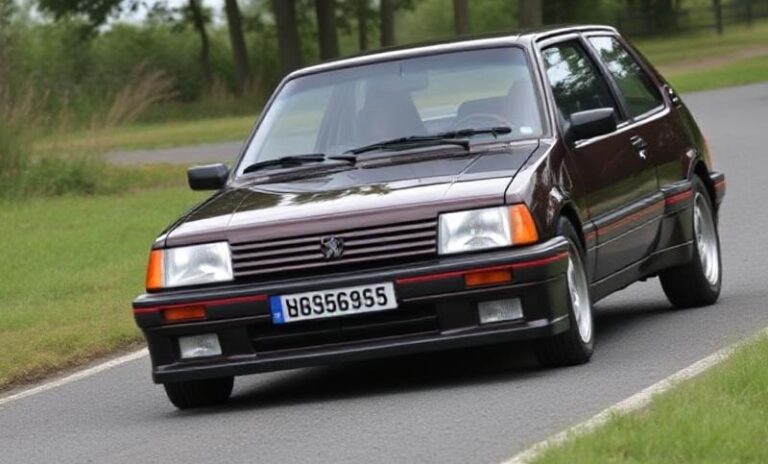The Evolution of the Plymouth Sport Suburban: A Historical Overview
The Plymouth Sport Suburban, a name synonymous with utility and style in the automotive industry, represents an important chapter in the evolution of American station wagons. Produced between 1949 and 1961, the Sport Suburban was a popular option for families and adventurers alike, combining versatile space with practical design. This article will explore the evolution of the Plymouth Sport Suburban, detailing its production years, the various models, trim levels, and the overall impact it had on the automotive market during its time.
The Birth of the Sport Suburban (1949-1950)
The Plymouth Sport Suburban was introduced as a part of Plymouth’s lineup in 1949. This model was a direct response to the increasing demand for family-oriented vehicles that offered a combination of passenger space, storage capabilities, and reliability.
The first generation of the Sport Suburban (1949-1950) was unique in that it was essentially a station wagon version of the Plymouth brand’s line of sedans. It was available in a single trim level but offered remarkable versatility, seating up to nine passengers with its foldable rear seats. The design featured a wooden paneling aesthetic that appealed to the American family’s taste, making it an attractive option for long drives and family outings.
The Growth Phase (1951-1954)
The Sport Suburban underwent significant changes in the early 1950s. By 1951, the model received a facelift and was offered in a more standardized body style, reflecting the trends of the post-war automotive era. This second generation (1951-1954) saw the introduction of the Special Deluxe trim level, which included upgraded features such as better upholstery and enhanced interior comforts.
In 1953, the Sport Suburban’s design evolved to offer a sleeker look with a more rounded body style, which was characteristic of vehicles in the early 1950s. The addition of a V8 engine option in 1955 (shared with other Plymouth models) further solidified its standing as a powerful and desirable family vehicle, paving the way for new models and offerings.
The Peak Era of the Sport Suburban (1955-1958)
The mid-to-late 1950s marked the pinnacle of the Sport Suburban’s popularity and evolution. The model received a complete redesign in 1955, introducing more chrome detailing, a wider stance, and a longer wheelbase. The addition of the Sport Suburban’s trim levels, including the Base and Custom trims, provided consumers with a choice that suited various preferences and budgets.
In 1957, Plymouth introduced the Suburban’s most iconic feature: the “golden anniversary” trim package, which celebrated the brand’s 25 years. This package featured gold accents and unique interior elements that distinguished it from previous variants. The customization options were extensive, allowing buyers to tailor their vehicle according to their preferences, which helped Plymouth carve a niche in the burgeoning family wagon market.
The final year of the classic era (1958) saw the model receive minor updates in trim but maintained its overall design language. By this time, the Sport Suburban had firmly established itself as a staple in the American automotive landscape, known for its spacious interior and reliable performance.
Transitioning into the 1960s (1959-1961)
The launch of the 1960s brought about more significant changes to the automotive industry, with a shift towards subcompact and smaller vehicles to meet changing consumer demands. The Sport Suburban attempted to adapt during these years but faced challenges in an increasingly competitive market.
The 1959 model came with a new ‘paddle’ tail design that gave it a striking profile. However, by 1961, market preferences were shifting, and station wagons began to see reduced interest in favor of the more compact car. Consequently, the Plymouth Sport Suburban was discontinued after its 1961 production run.
.
THIS could come in handy for your auto garage (and everywhere else!).

.
Models and Trim Levels Over the Years
Throughout its production, the Plymouth Sport Suburban offered various models and trim levels, reflecting changing consumer preferences and automotive trends.
- First Generation (1949-1950)
- Base Model: Single-trim level with basic features but notable versatility.
- Second Generation (1951-1954)
- Base Model: Improved body design with new interior elements.
- Special Deluxe Model: Enhanced upholstery and interior comforts.
- Third Generation (1955-1958)
- Base Model: Introduction of the powerful V8 engine and design updates.
- Custom Model: Additional luxuries and features to cater to family needs.
- Golden Anniversary Trim (1957): Special edition with gold accents and unique aesthetic elements.
- Final Generation (1959-1961)
- Base Model (1959): Signature paddle tail and assorted customization options.
- Final Trim Models: Continued production of models with minor updates until discontinuation.
Conclusion
The Plymouth Sport Suburban played a vital role in the development of the American station wagon, showcasing innovation in design and versatility for families during its years of production. From its inception in 1949 through to its final iteration in 1961, the Sport Suburban evolved alongside changing automotive landscapes, battling increased competition from other brands and shifting consumer preferences.
While the model was ultimately phased out, its legacy lives on, representing an era of American automotive history grounded in family values, adventure, and the freedom of the open road. The evolution of the Plymouth Sport Suburban is a testament to the complex dynamics of consumer needs and technological advancements and continues to spark interest among classic car enthusiasts today.







